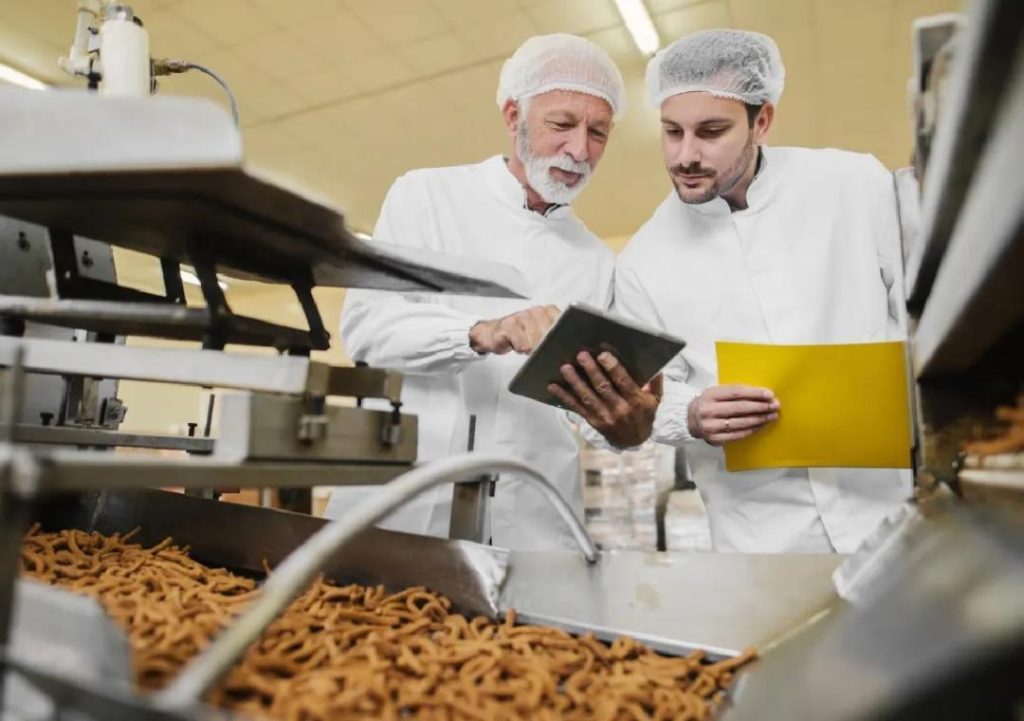
Can P&L Optimisation Redefine Success in Food Technology?
The food technology industry is a dynamic and fast-paced sector, with companies constantly striving to stay ahead of the competition and meet evolving consumer demands. In today’s market, success is no longer solely defined by innovative products or services, but also by the ability to maintain profitability and sustainable growth. One key strategy that is helping food technology companies achieve this success is P&L (Profit and Loss) optimisation.
P&L optimisation involves streamlining and refining a company’s financial operations to ensure maximum profitability. This is achieved through the use of automation, smart inventory systems, and data analytics, which help to cut waste, sharpen demand forecasting, and support better decision-making. By adopting scalable models, businesses can boost margins, ensure sustainable growth, and stay competitive in the industry.
In this blog post, we’ll explore the benefits of P&L optimisation in food technology, and how it can redefine success for companies in this sector.
The Challenge of P&L Management in Food Technology
Food technology companies face unique challenges when it comes to managing their P&L operations. The industry is characterized by high levels of volatility, with fluctuations in raw material prices, changing consumer preferences, and increasing competition. These factors can make it difficult for companies to accurately forecast demand, manage inventory, and control costs.
In addition, the food technology industry is highly regulated, with companies required to comply with strict food safety and quality standards. This can add complexity to P&L operations, particularly when it comes to managing costs, ensuring compliance, and maintaining transparency.
The Benefits of P&L Optimisation
So, how can P&L optimisation help food technology companies overcome these challenges and achieve success? The benefits are numerous:
- Improved Demand Forecasting: By leveraging data analytics and machine learning algorithms, companies can improve their demand forecasting capabilities, reducing stockouts and overstocking, and ensuring that inventory is aligned with changing consumer preferences.
- Reduced Waste: Automation and smart inventory systems can help to identify and eliminate waste, reducing costs and improving profitability.
- Better Decision-Making: With access to real-time data and analytics, companies can make more informed decisions about pricing, production, and inventory management, ensuring that they are always operating at optimal levels.
- Cost Savings: By streamlining operations and reducing waste, companies can achieve significant cost savings, which can be reinvested in the business or used to drive growth.
- Increased Scalability: P&L optimisation enables companies to scale their operations more effectively, reducing the risk of financial strain and ensuring that they can meet growing demand.
- Improved Compliance: By implementing automated systems and data analytics, companies can ensure compliance with regulatory requirements, reducing the risk of non-compliance and associated penalties.
- Enhanced Transparency: P&L optimisation provides companies with greater visibility into their financial operations, enabling them to make more informed decisions and drive business growth.
Real-World Examples of P&L Optimisation in Food Technology
Several food technology companies have already achieved significant success through P&L optimisation. Here are a few examples:
- A leading food manufacturer implemented a data analytics platform to improve demand forecasting and reduce inventory levels. As a result, the company achieved a 15% reduction in inventory costs and a 10% increase in profitability.
- A food processing company implemented an automated inventory management system to reduce waste and improve supply chain visibility. As a result, the company achieved a 20% reduction in waste and a 12% increase in efficiency.
- A meal kit delivery company implemented a scalable pricing model to improve revenue recognition and reduce costs. As a result, the company achieved a 25% increase in revenue and a 15% reduction in costs.
Conclusion
P&L optimisation is a key strategy for food technology companies seeking to redefine success in today’s competitive market. By streamlining and refining their financial operations, companies can achieve significant benefits, including improved demand forecasting, reduced waste, better decision-making, cost savings, increased scalability, improved compliance, and enhanced transparency.
As the food technology industry continues to evolve, companies that prioritize P&L optimisation will be well-positioned to succeed, driving growth, profitability, and sustainability in a rapidly changing market.
Source:
https://www.growthjockey.com/blogs/p-and-l-operations-in-food-tech






